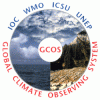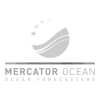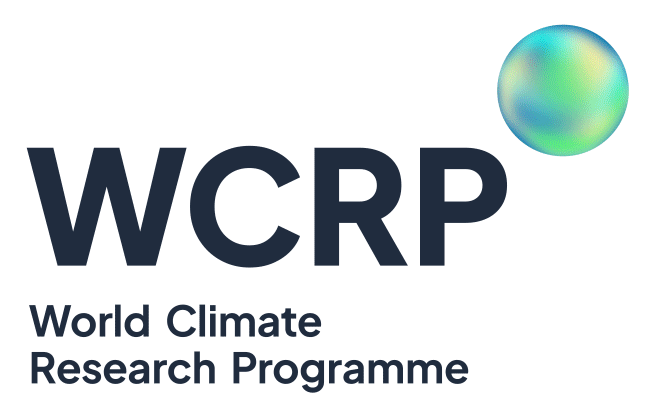This study shows how climate change due to humans has affected the probability that extreme events in South America and Southern Africa evolved in the way that they did.
News
The COST Action “Evaluation of Ocean Syntheses” (EOS) aims to improve the understanding of the value and use of ocean syntheses by supporting individual mobility, strengthening existing networks and fostering collaboration between researchers. The EOS network consists of experts in physical oceanography...
The Southern Ocean Observing System (SOOS), the CLIVAR-CliC-SCAR Southern Ocean Region Panel (SORP), and the Scientific Committee on Antarctic Research (SCAR), representing the...
The 2015 GCOS Status Report, Status of the Global Observing System, is now open for public review. The deadline for contributions is Monday, 7 September 2015.
Contributors MUST use the form available from the GCOS website, and comments should be sent to gcosreview@wmo.int.
...
In preparation for the 2016 Ocean Sciences Meeting that will be held from February 21-26, 2016 in New Orleans, Louisiana, USA, the US CLIVAR...
An apples to apples comparison of global temperatures.
When comparing global temperatures estimated from observations with climate model simulations, challenges include issues related to incomplete observational data. Here we quantify the influence of different observational data types.
...
Climate models are used to simulate aspects of the real climate, subject to model numerics, physics and approximations. As such, drifts/biases are often present when models are initialized from observed conditions to produce climate predictions. The drift can be defined as the sequence of physical processes by which the model adjusts back to its own biased mean climate state. Model drifts must...
Several parellel sessions, proposed for the AGU Fall meeting (San Francisco, 14-18 december 2015), are related to CLIVAR science. ...
Figure 1: Average sea-level over the entire tropical Indian Ocean north of 20°S, since the beginning of the altimeter data record. The ...
The Mercator-Ocean Scientific Newsletter is being published electronically 4 times a year, on January, April, July and October 1st. Its purpose is to...
A recent study (Tedeschi & Collins, 2015), published by International Journal of Climatology, investigates how 35 CMIP5 models simulate South American precipitation anomalies under the influence of different types of El Niño-Southern Oscillation (ENSO). The observed precipitation in South America exhibits significant anomalies when there are strong sea surface temperature anomalies (SSTA)...
The SOOS/WCRP/ESA workshop on Southern Ocean air-sea fluxes to be held in Frascati, Italy, 21-23 September, 2015. The workshop will have both poster and oral presentations, and is open to interested participants.
The workshop is motivated by a goal to improve air-sea flux estimates in the Southern Ocean and Antarctic marginal seas, though the issues addressed in...
WESTPAC TRAINING COURSE ON CLIMATE CHANGE
UNESCO/IOC Regional Training and Research Center on Ocean Dynamics and Climate
Qingdao, China, 7-18 September 2015
The UNESCO/IOC Regional Training and Research Center on Ocean Dynamics and Climate (hereinafter...
On 27 May, Dr Annalisa Bracco, Professor at Georgia Institute of Technology and CLIVAR SSG member, presented a talk on “Mesoscale and Submesoscale Processes: Observations and Modeling” to FIO staff and students. She highlighted the importance of ocean submesoscale turbulence in dissipating the incoming energy in the ocean, something that is not well represented in climate models. She also...

























